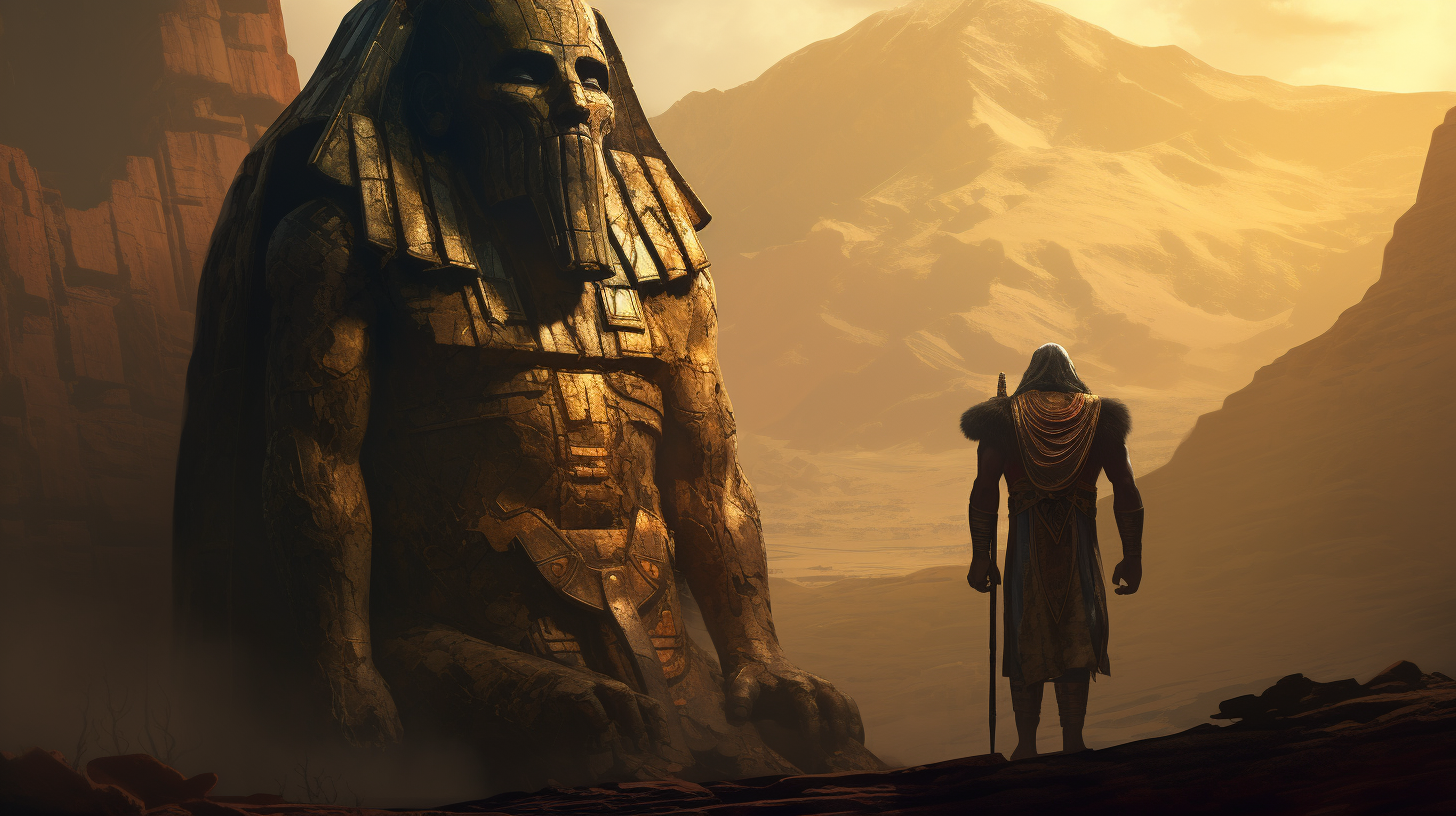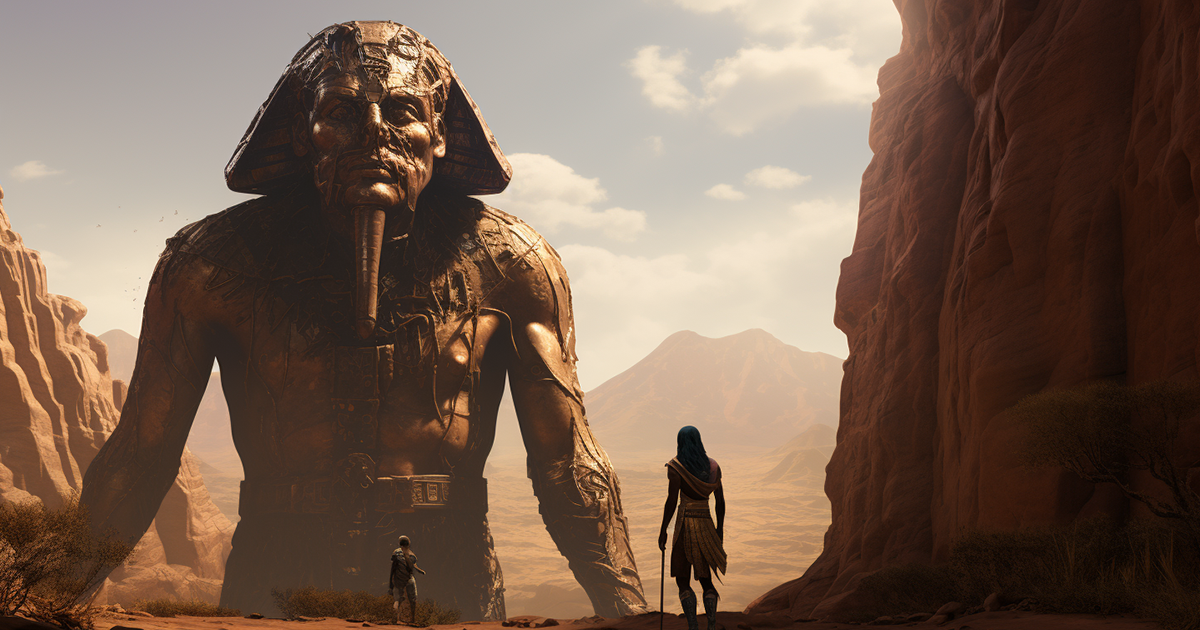The esteemed Roman historian Josephus Flavius, in 79 AD, shares a fascinating tale about a race of giants that once roamed ancient Egypt during King Joshua’s reign in the 13th century BC. These beings, described as towering over regular humans with distinctive features and booming voices, have intrigued generations.
Analyzing this intriguing narrative demands a critical perspective. Flavius’ accounts, steeped in the beliefs and customs of his time, may have been influenced more by narrative traditions than by historical accuracy.

The possible origins of these mysterious giants spark various fascinating theories. Some suggest that these tales could be exaggerated stories or misconceptions of exceptionally tall individuals. Others propose a connection to Egyptian mythology, where giants played symbolic or religious roles rather than historical ones.
The fascination with giants transcends Flavius’ story, resonating across diverse cultures and mirroring humanity’s enduring interest in these massive figures throughout history.
Although the truth about ancient giants remains shrouded in mystery, delving into their depiction in historical records offers a glimpse into the complexities of the past. As we navigate through historical portrayals, we are reminded that our understanding of history is shaped by a blend of truths and myths, encouraging us to discover new perspectives and interpretations.
